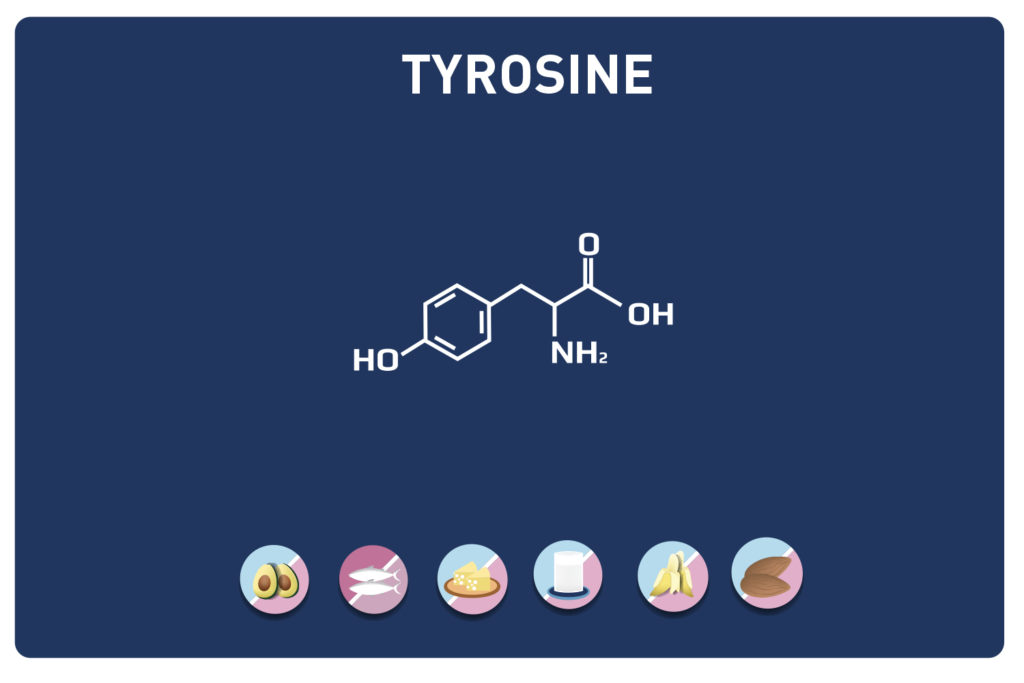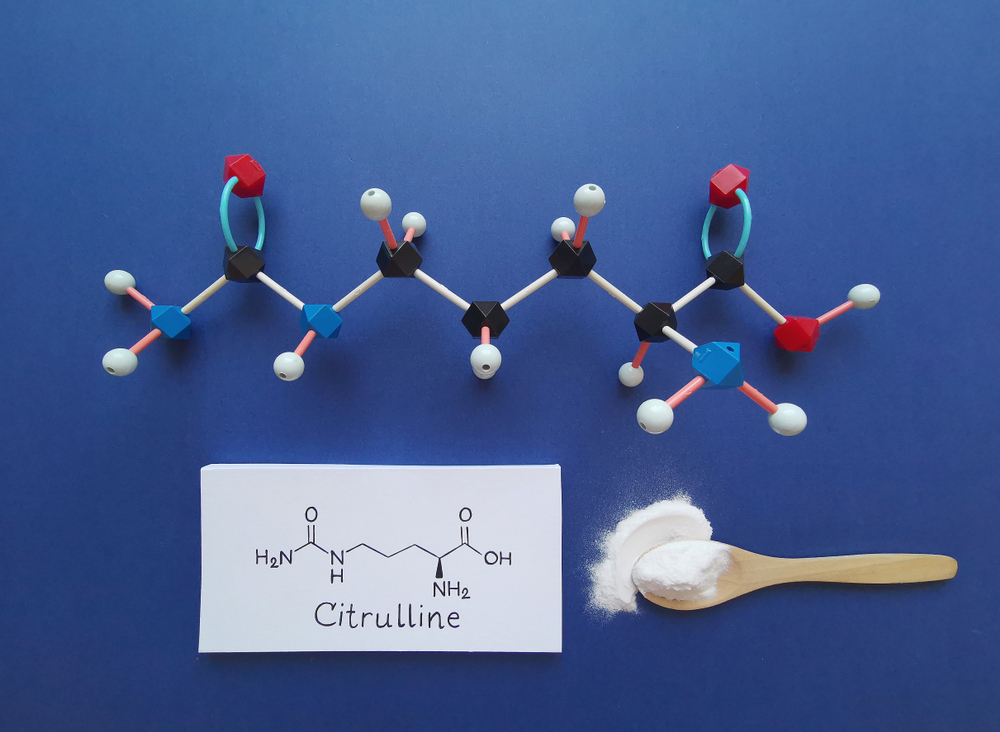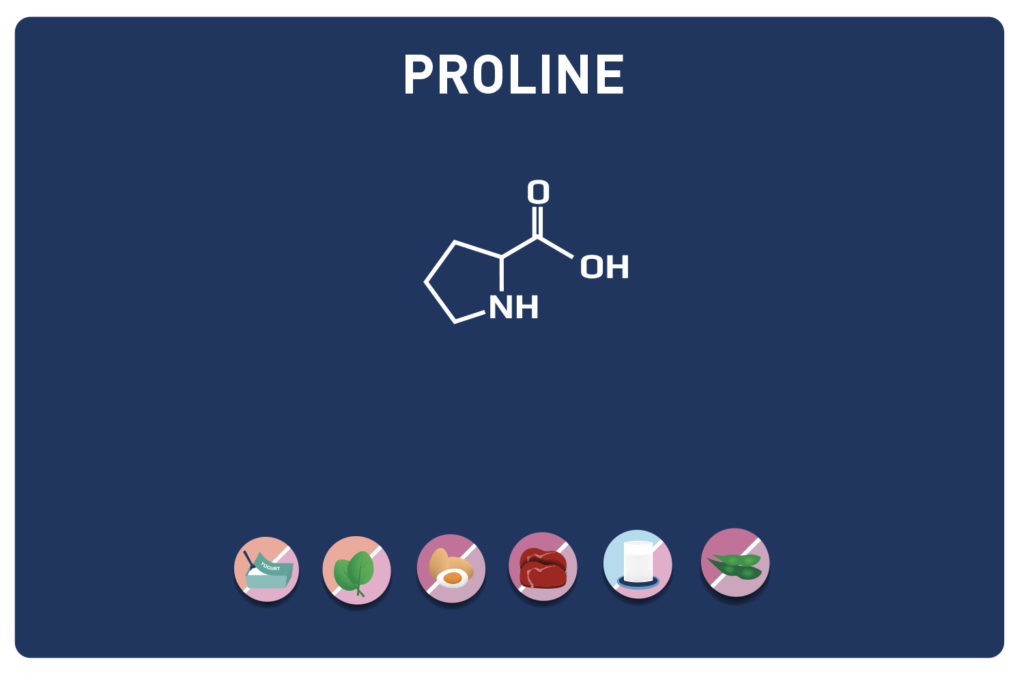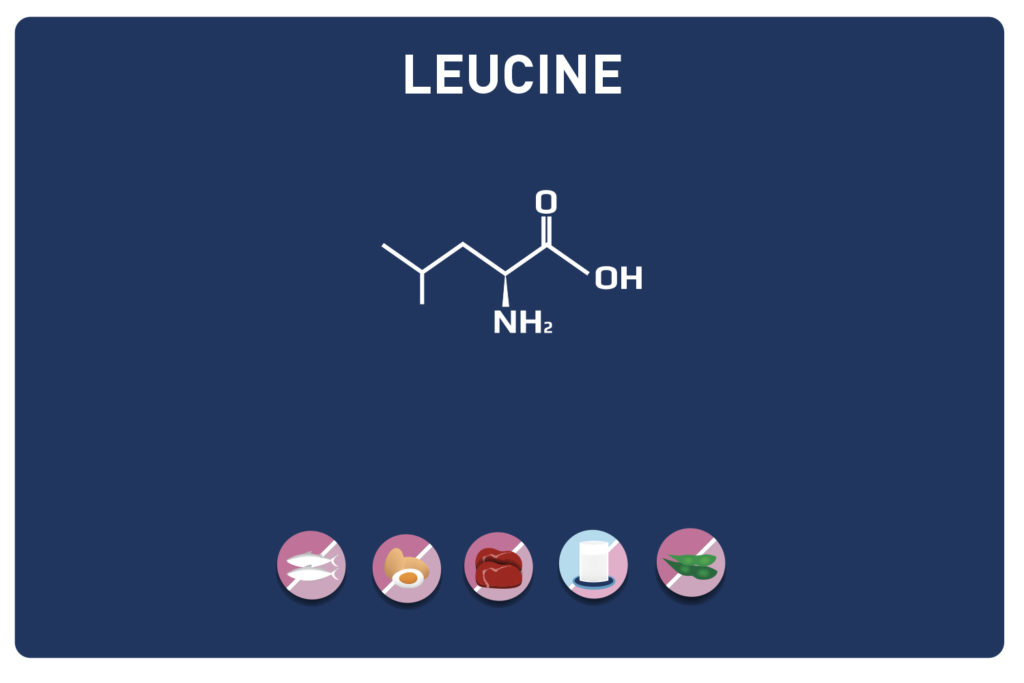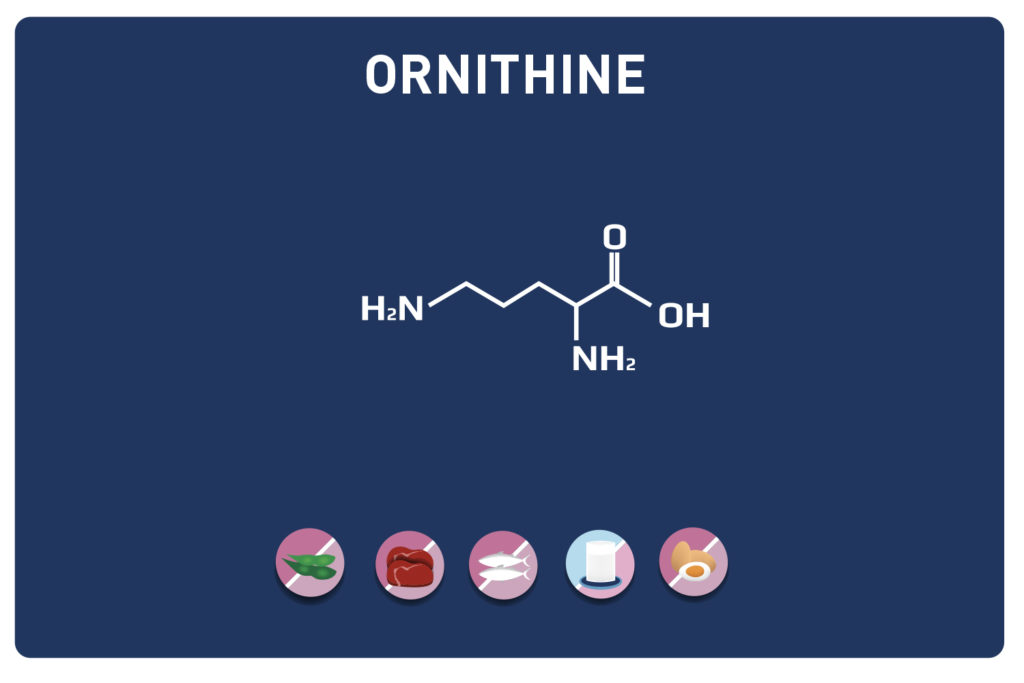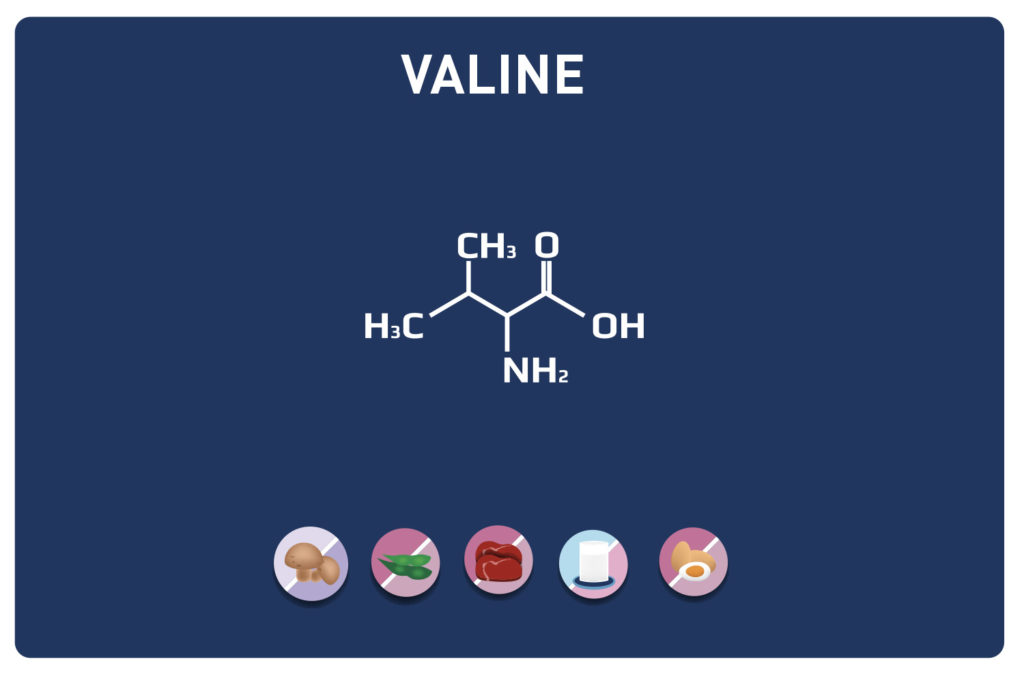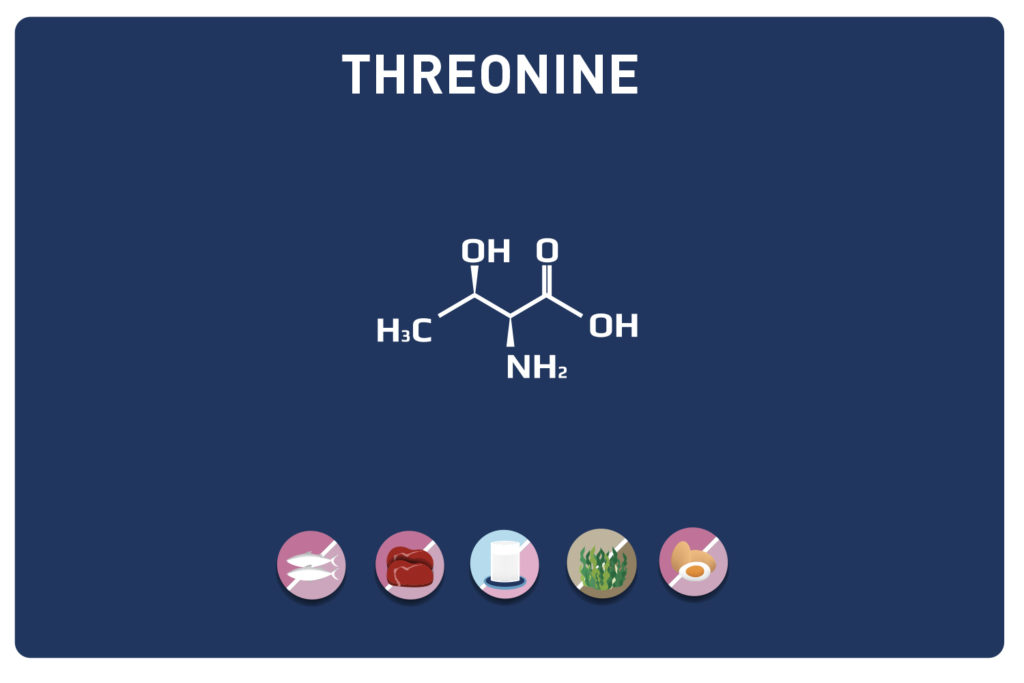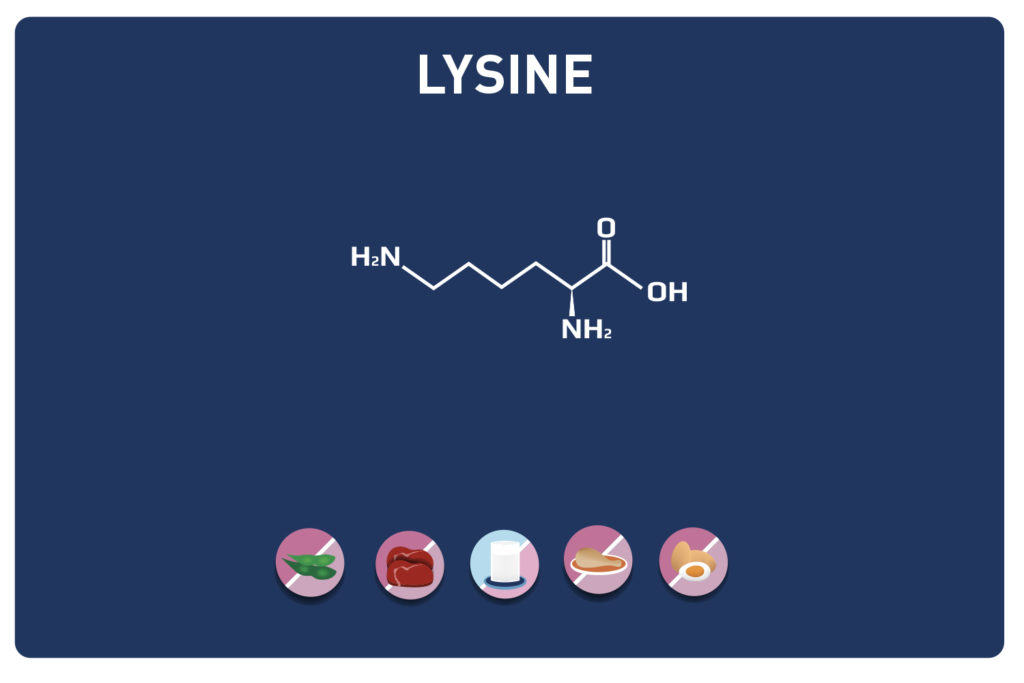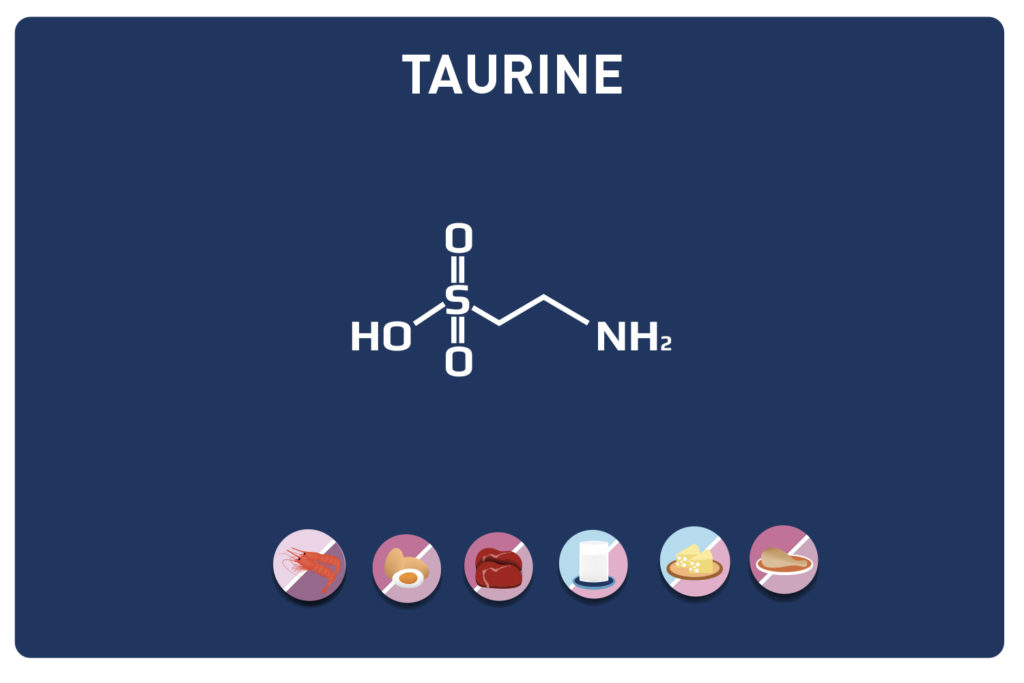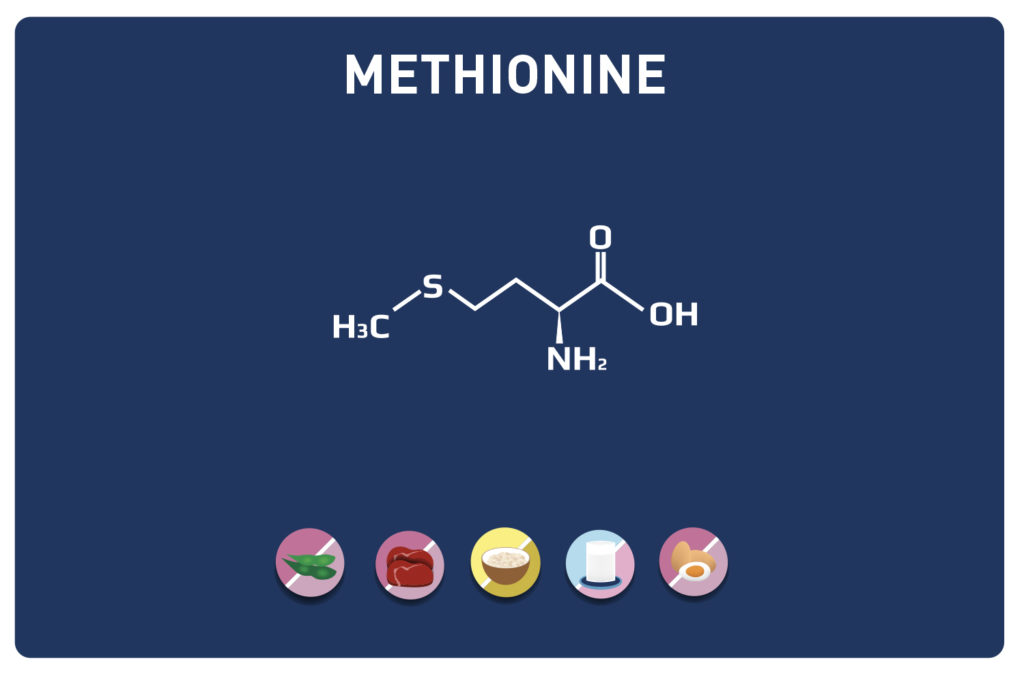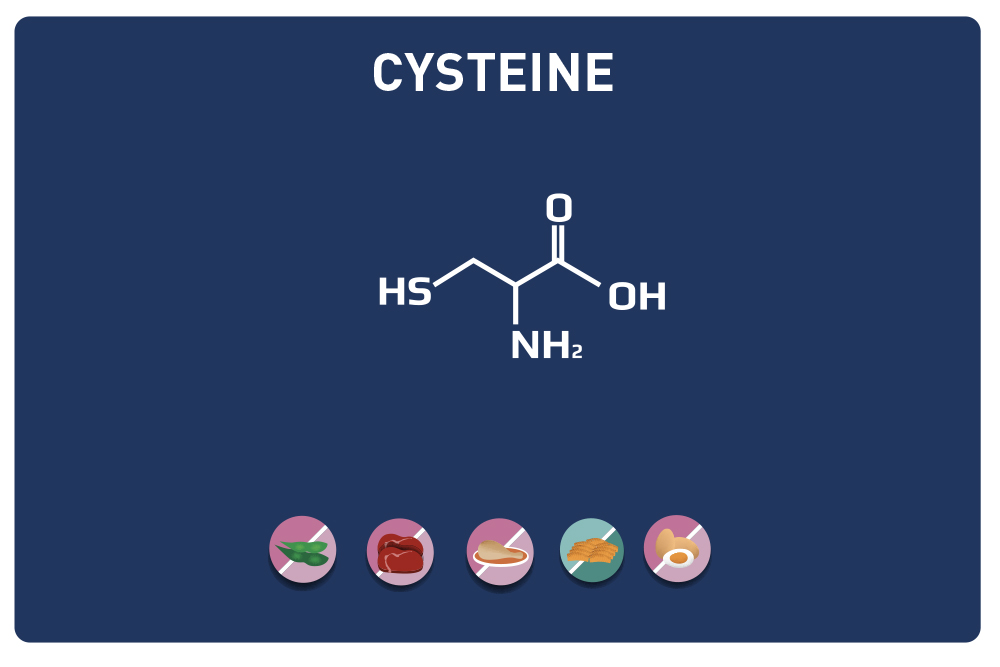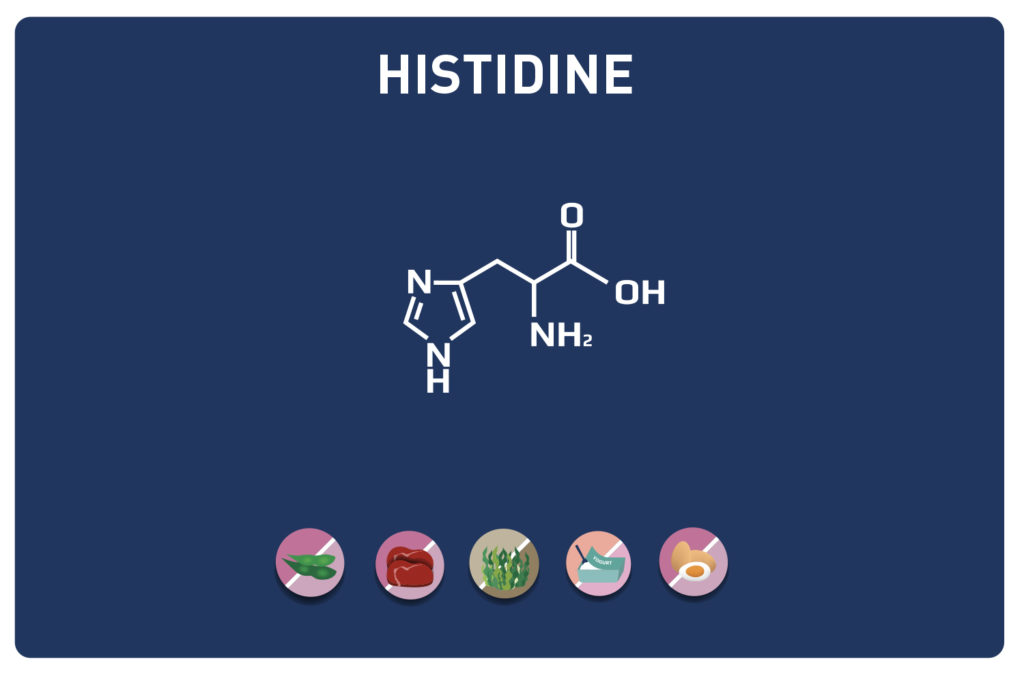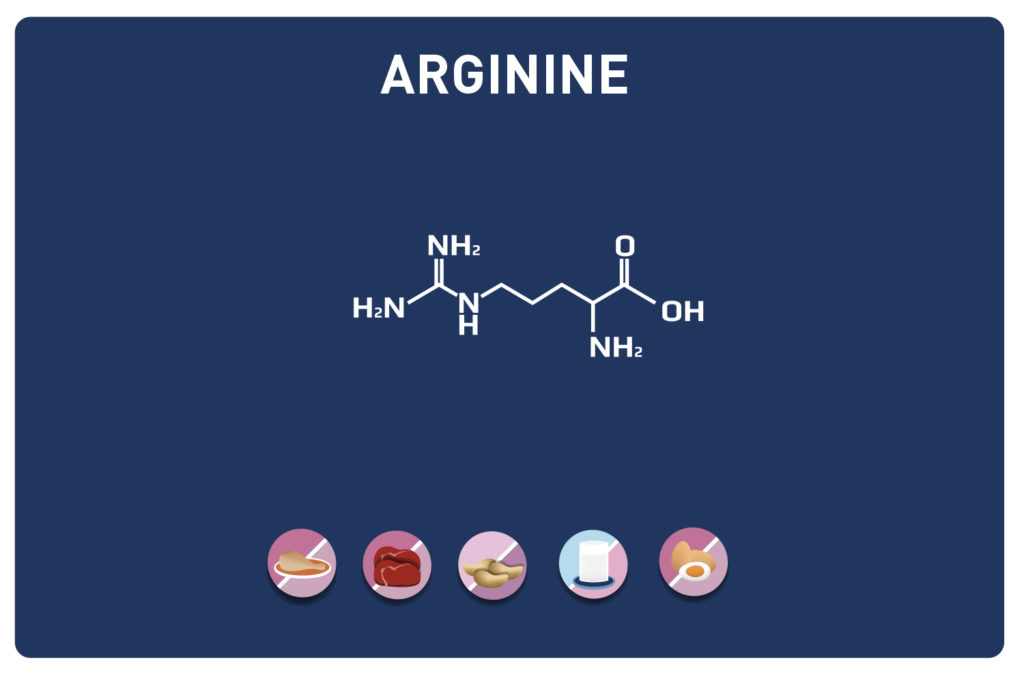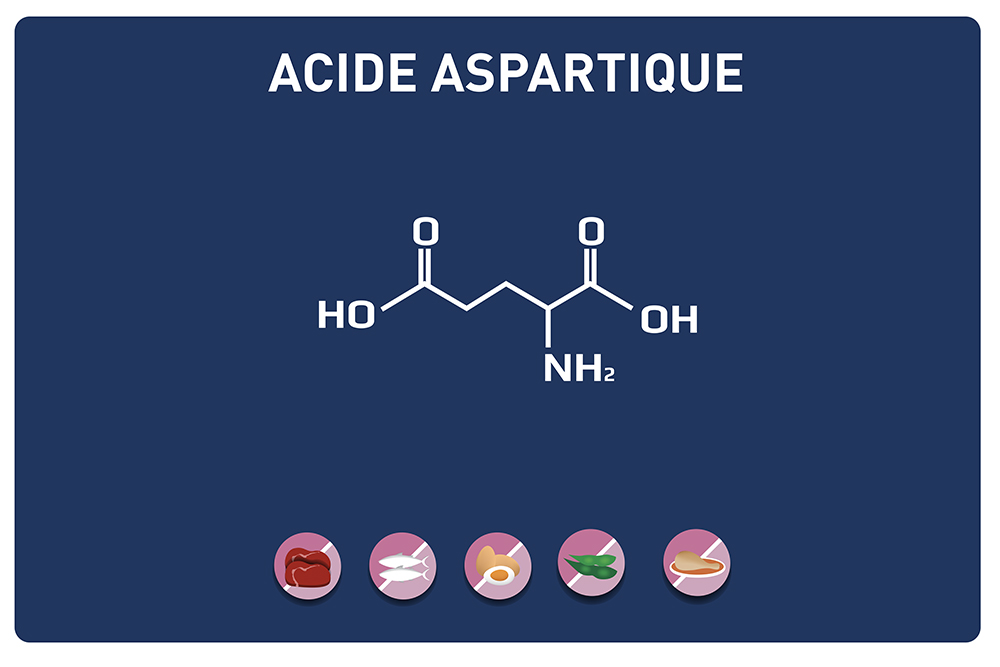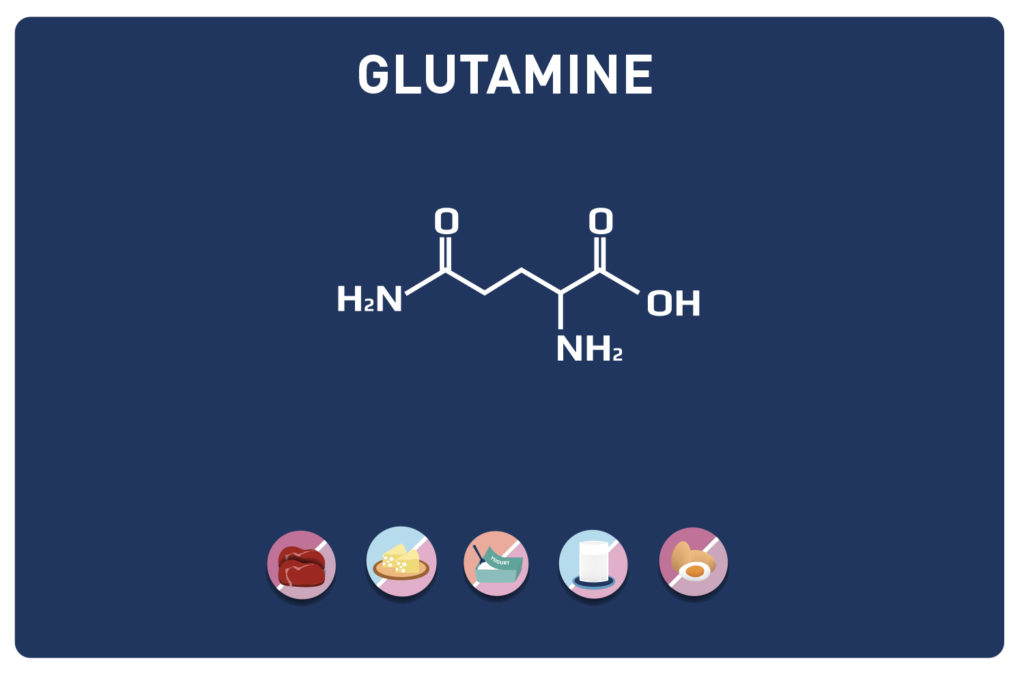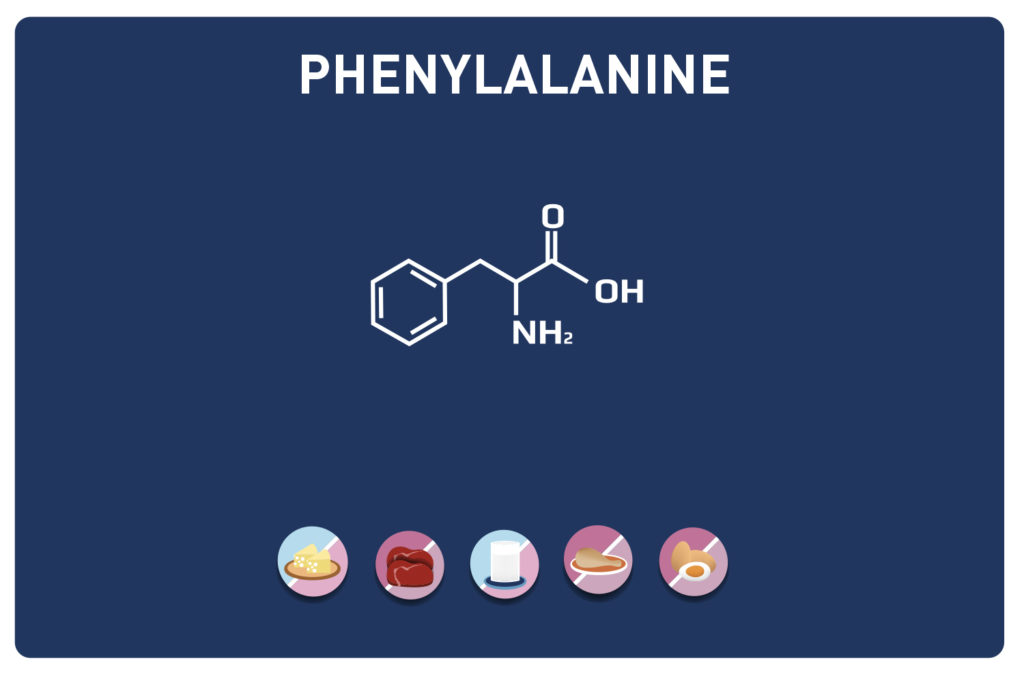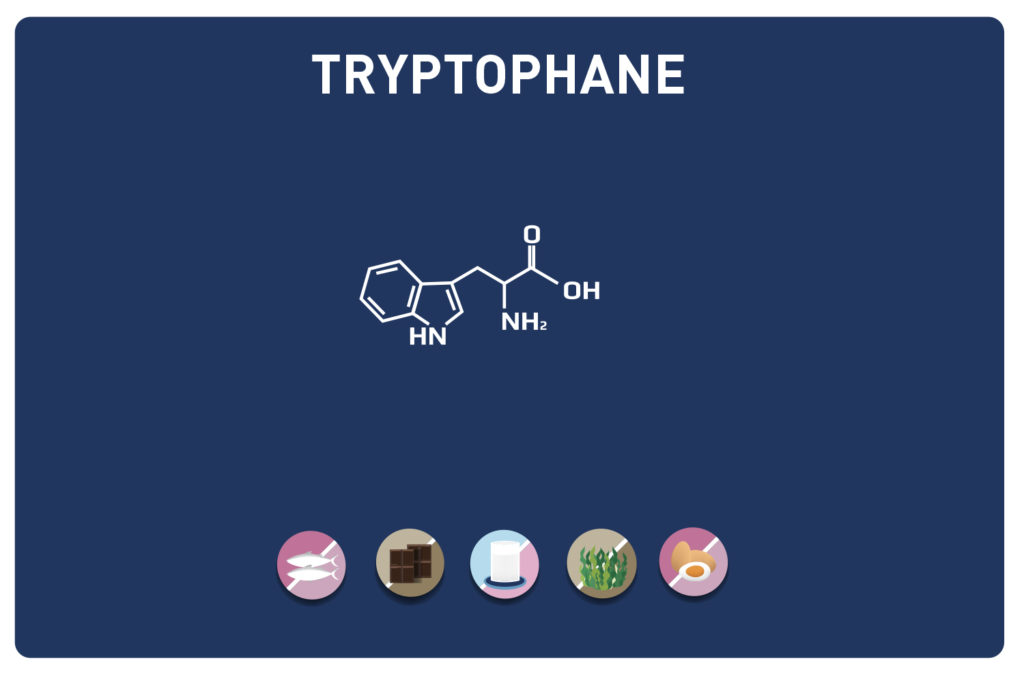Tyrosine, discovered in 1846 by Liebig, is (along with phenylalanine and tryptophan) one of the aromatic amino acids. Of the three, it is the only non-essential one because it can be synthesised by phenylalanine. Intestinal absorption of these amino acids depends on several transporters: tyrosine can use the neutral amino acid transporter (isoleucine, valine, and leucine) and also the basic amino acid transporter (histidine, lysine, arginine, and ornithine), which can be a problem for its assimilation under certain conditions.
Tyrosine is involved in the synthesis of catecholamines: adrenaline, noradrenaline, DoPA and dopamine. It acts as a precursor of melanin (pigment of the skin, hair and iris) and thyroid hormones.
TYROSINE AND SPORT
During high-intensity exercise, its plasma value can increase by 10 to 15%. This increase is thought to be directly related to intramuscular protein catabolism. This increase in plasma from active muscles is a good indication of local protein catabolism.
Tyrosine's involvement in the synthesis of catecholamines (adrenaline and dopamine in particular) can help overtrained athletes through its fatigue and stress fighting capabilities. It also raises the mental concentration threshold due to its properties as a dopamine precursor (see presentation below). Tyrosine can also be useful for those who wish to lose weight. By stimulating the production of thyroxine by the thyroid gland, it will enable the latter to influence the basic metabolism.
TyroSINE SOURCE FOODS
- Almonds
- pumpkin seeds
- sesame seeds
- avocado
- banana
- soya beans
- potato
- ripe fruit
- dairy products
DOPAMINE
Often referred to as the mood barometer or pleasure molecule, dopamine is a neurotransmitter derived from tyrosine, a member of the catecholamines. Produced in the neuronal cells of the central nervous system (CNS), it increases the diameter of the arteries of the heart, intestine and especially the kidneys. it inhibits the production of prolactin. in therapy, it is used for its stimulating action on the cardiovascular system.
The first studies concerning the role of dopamine in the sensation of pleasure had shown in animals an increase in dopamine in certain regions of the brain when the latter were engaged in gratifying activities. More recent evidence shows that dopamine release can be triggered simply by the environment associated with the reward, without the reward even being present.

